Understanding Large-Cap Value Index Funds
Introduction
Large-cap value index funds provide investors with a cost-efficient way to gain exposure to stable, well-established companies with strong fundamentals. These funds track indices composed of large-cap stocks that are undervalued based on financial metrics such as price-to-earnings and price-to-book ratios. Investors favor index funds for their low fees, diversification benefits, and ability to deliver consistent returns over time. By focusing on companies with solid earnings and dividend payouts, large-cap value index funds offer long-term growth potential while minimizing volatility.
Benefits of Investing in Large-Cap Value Index Funds
Large-cap value index funds offer lower volatility compared to growth stocks, making them a preferred choice for conservative investors. These funds track companies with strong financials and stable earnings, reducing exposure to market fluctuations. Unlike growth stocks, which rely on future expansion, value stocks are often undervalued based on fundamental metrics, providing a cushion during economic downturns. Dividend income and reinvestment strategies enhance the appeal of large-cap value index funds. Many companies within these funds, such as Johnson & Johnson JNJ and Coca-Cola KO, maintain consistent dividend payouts, offering investors a reliable income stream.
Dividend reinvestment plans allow investors to compound returns over time by purchasing additional shares. Cost-effective investing through passive management is another advantage of large-cap value index funds. These funds typically have lower expense ratios compared to actively managed portfolios, reducing overall investment costs. By tracking established indices, such as the S&P 500 Value Index, investors gain exposure to a diversified portfolio without incurring high management fees.
Sources:
Morningstar Large-Cap Value Fund Rankings
Large-Cap Funds Overview
Benefits of Investing in Large-Cap Value Index Funds
Top Large-Cap Value Index Funds
Large-cap value index funds provide investors with diversified exposure to well-established companies that are undervalued based on fundamental metrics. Leading funds such as Vanguard Value Index Fund and Fidelity Large Cap Value Index Fund track indices composed of large-cap stocks with strong financials and consistent earnings. A comparison of fund performance, expense ratios, and sector allocations highlights key differences among top large-cap value index funds. Vanguard Value Index Fund is known for its low expense ratio and broad sector diversification, while Fidelity Large Cap Value Index Fund emphasizes strategic stock selection within value-oriented industries.
Choosing the best large-cap value index fund depends on individual investment goals and risk tolerance. Investors focused on income generation may prefer funds with strong dividend-paying stocks, while those seeking long-term appreciation should consider funds with exposure to high-growth sectors.
Sources:
Morningstar Top-Performing Large-Value Funds
U.S. News Best Large Value Funds
Forbes Best Large-Cap Index Funds
Sector Allocation and Stock Selection
Industries that typically contain strong large-cap value stocks include healthcare, consumer staples, financials, and industrials. Healthcare companies such as Johnson & Johnson JNJ provide stability due to consistent demand for medical products and pharmaceuticals. Consumer staples, including Coca-Cola KO, offer resilience during economic downturns as consumers continue purchasing essential goods. Financial institutions like JPMorgan Chase JPM benefit from interest rate fluctuations, while industrial firms maintain steady revenue through infrastructure and manufacturing investments.
During economic expansions, cyclical sectors such as technology and consumer discretionary tend to outperform, while defensive sectors like healthcare and utilities provide stability during downturns. Investors focusing on large-cap value stocks should assess macroeconomic trends, interest rate policies, and inflationary pressures to optimize sector allocations. Portfolio diversification strategies for mitigating risk involve spreading investments across multiple industries and asset classes. By maintaining a mix of defensive and cyclical stocks, investors can reduce volatility while capturing growth opportunities. Fidelity’s approach to large-cap value investing emphasizes sector rotation, ensuring adaptability to changing market conditions.
Sources:
Equity Sectors: Essential Building Blocks for Portfolio Construction
Constructing a More Dynamic Portfolio with Equity Sector Allocation
Sector Allocation and Stock Selection Large-Cap Value Stocks
Risk Factors and Market Volatility
During recessions, companies with strong balance sheets and stable cash flows tend to perform better than those reliant on cyclical industries. Large-cap value funds often include defensive stocks that provide stability, but market-wide downturns can still lead to temporary declines in fund performance. Interest rate policies and inflation concerns play a crucial role in shaping large-cap value index fund performance. The Federal Reserve’s stance on interest rates influences borrowing costs, corporate profitability, and overall market liquidity. Inflationary pressures may lead to higher input costs for companies, affecting earnings growth and stock valuations.
Strategies for managing risk while maintaining exposure to value stocks include diversification, sector rotation, and defensive stock selection. By maintaining a balanced portfolio across multiple industries, investors can reduce volatility while capitalizing on growth opportunities. Large-cap value funds often allocate assets to financials, healthcare, and consumer staples to provide resilience during uncertain market conditions.
Best Investment Strategies for Large-Cap Value Index Funds
A long-term buy-and-hold strategy is a fundamental approach to investing in large-cap value index funds. By holding onto undervalued stocks with strong financials, investors can benefit from compounding returns over time. Large-cap value funds typically include companies with stable earnings and consistent dividend payouts, making them ideal for long-term portfolio growth. Dividend reinvestment and income generation from index funds provide an additional layer of financial growth. Many large-cap value funds include dividend-paying stocks such as Johnson & Johnson JNJ and Coca-Cola KO, offering investors a reliable income stream. Dividend reinvestment plans allow investors to automatically purchase additional shares, compounding returns over time.
Contrarian investing focuses on identifying undervalued opportunities within large-cap value index funds. Investors who adopt this strategy seek stocks that are temporarily mispriced due to market sentiment or economic uncertainty. Large-cap value funds often include companies with strong fundamentals that recover over time, providing significant upside potential. By analyzing market trends and corporate performance, investors can capitalize on undervalued stocks while maintaining portfolio stability.
Sources:
Morningstar Top-Performing Large-Value Funds
Forbes Best Large-Cap Index Funds
The Motley Fool Best Index Funds
Future Outlook and Investment Considerations
Expected trends in value investing for large-cap index funds indicate a continued focus on financial stability and dividend-paying companies. Investors are likely to favor stocks with strong balance sheets and consistent earnings growth, particularly in sectors such as healthcare, consumer staples, and financials. Emerging market forces are shaping value stock performance, influencing investor sentiment and portfolio allocations. Companies adapting to technological advancements, sustainability initiatives, and evolving consumer behaviors are expected to see increased valuations. Additionally, regulatory shifts and geopolitical developments will play a role in shaping investment strategies for large-cap value stocks.
Economic indicators influencing portfolio allocations include interest rate policies, inflation trends, and corporate earnings reports. The Federal Reserve’s monetary decisions will impact investor sentiment, affecting stock valuations and sector performance. Large-cap value stocks with exposure to defensive industries, such as utilities and healthcare, may provide stability during economic uncertainty.
Conclusion
Large-cap value index funds provide investors with a cost-effective and stable approach to long-term investing. By focusing on undervalued companies with strong financials, these funds offer steady returns while minimizing volatility. As economic trends evolve, large-cap value stocks continue to serve as a reliable foundation for portfolio diversification, ensuring consistent growth and income generation for investors seeking financial security.
Expert Analysis: Strategic Insights on Large-Cap Value Index Funds
Large-cap value index funds provide a reliable foundation for long-term investing, balancing stability with growth potential. Investors seeking cost-efficient exposure to value stocks benefit from passive management and diversified sector allocations. Understanding economic cycles and sector trends is crucial for optimizing returns while mitigating risk in large-cap value investing.
📌Read More About:
Top Large Cap Stocks https://stockbossup.com/pages/topics/large-cap
What Are Large US Cap Stocks?- https://stockbossup.com/pages/post/39045/understanding-large-us-cap-stocks-and-their-market-influence
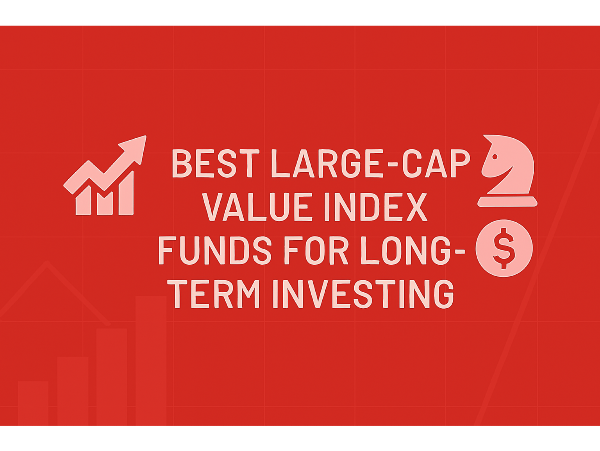

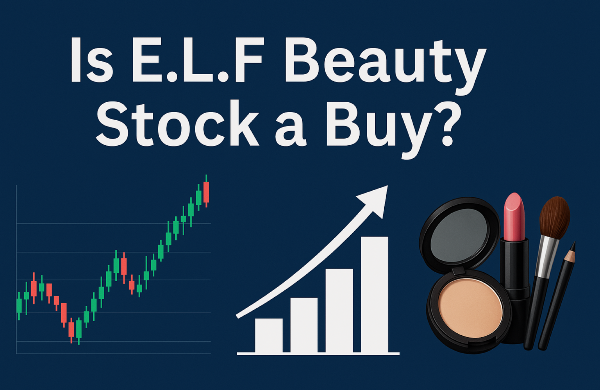
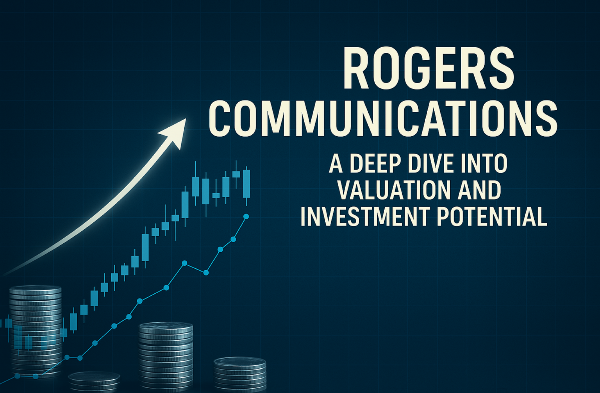
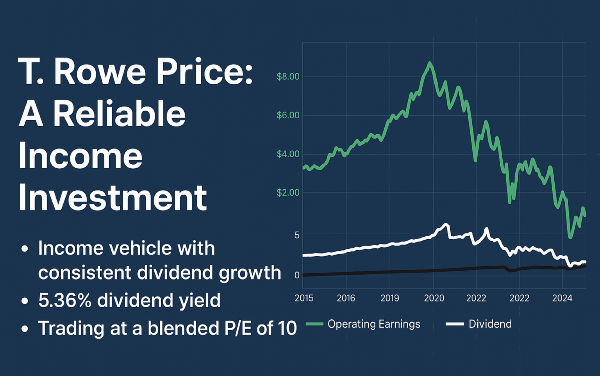
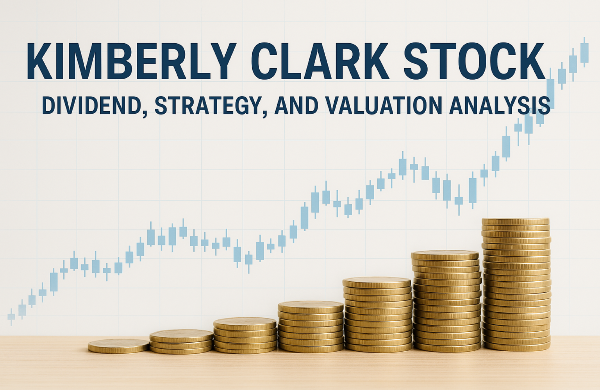

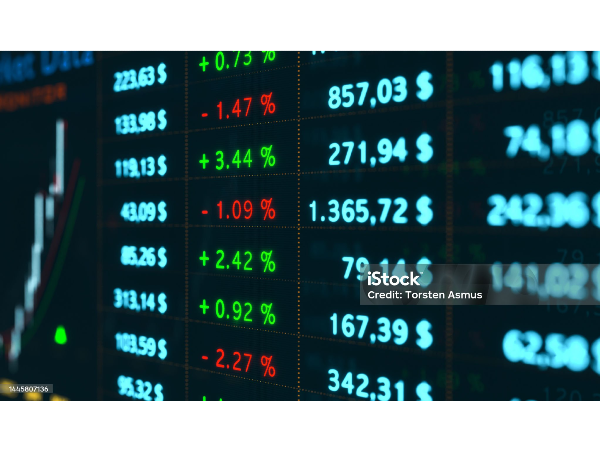


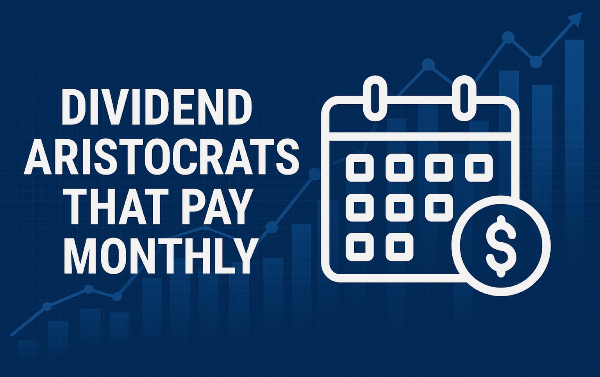
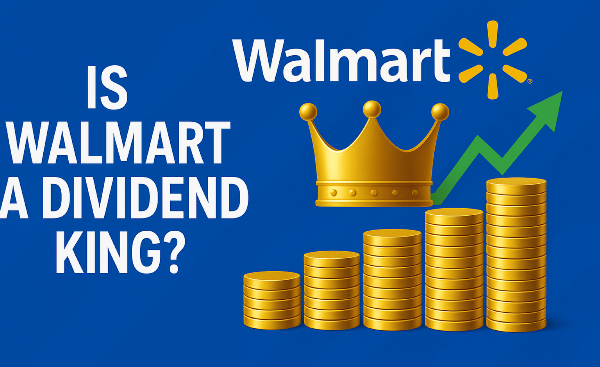
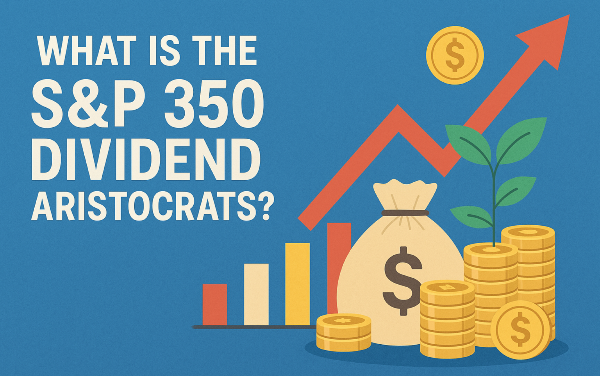
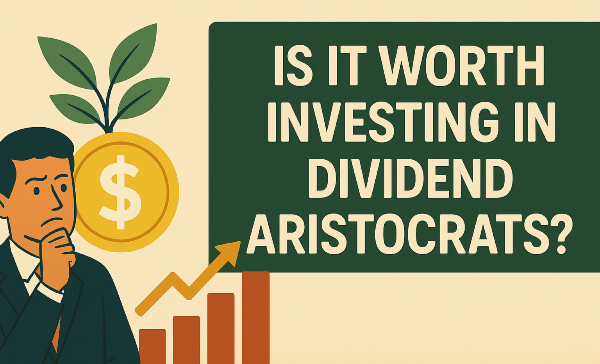
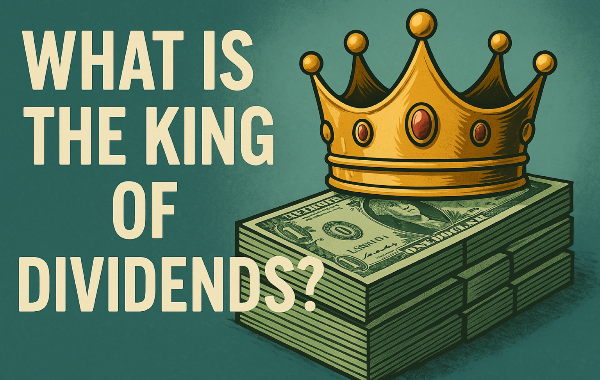
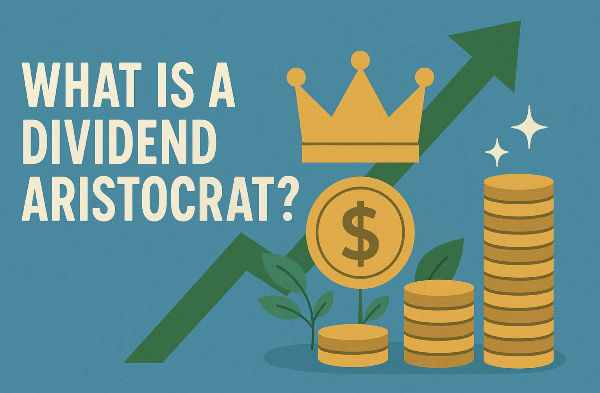
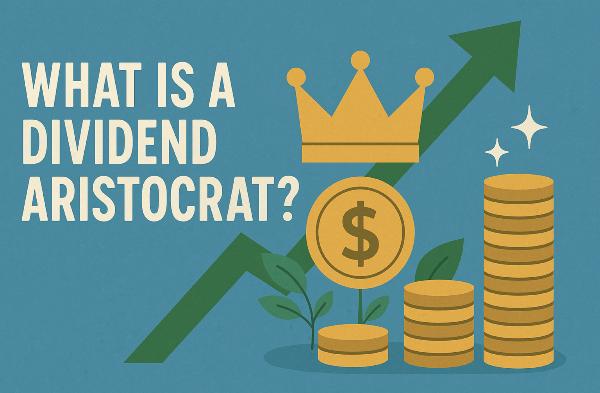
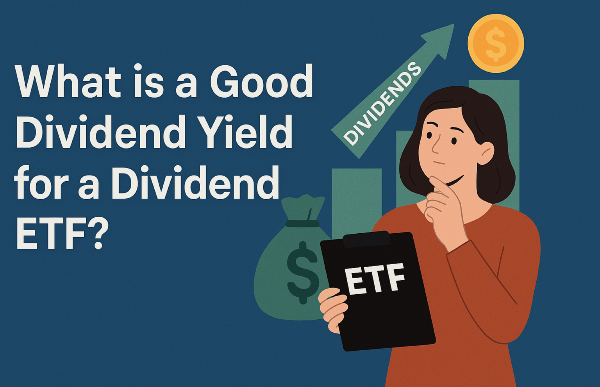
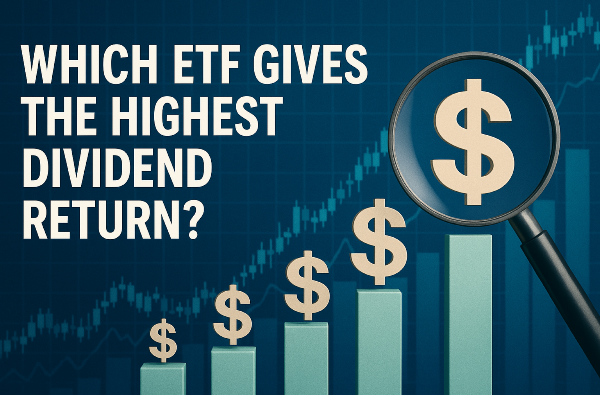
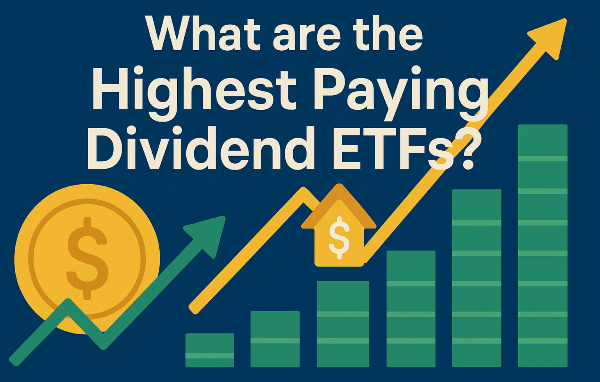
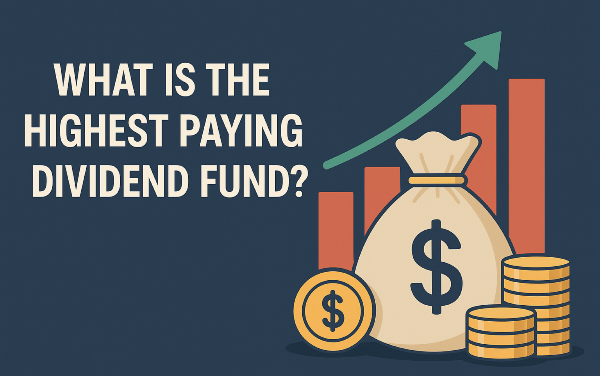
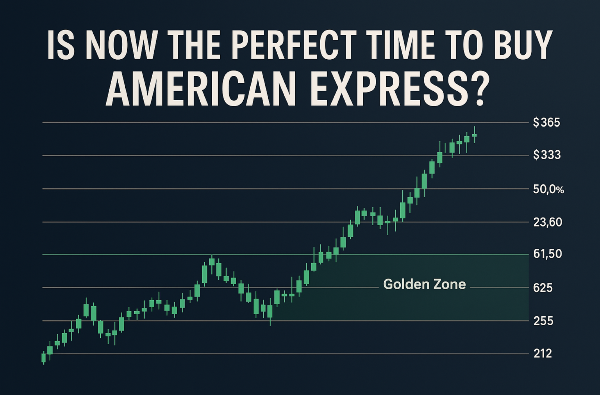








Understanding Large-Cap Value Index Funds
Introduction
Large-cap value index funds provide investors with a cost-efficient way to gain exposure to stable, well-established companies with strong fundamentals. These funds track indices composed of large-cap stocks that are undervalued based on financial metrics such as price-to-earnings and price-to-book ratios. Investors favor index funds for their low fees, diversification benefits, and ability to deliver consistent returns over time. By focusing on companies with solid earnings and dividend payouts, large-cap value index funds offer long-term growth potential while minimizing volatility.
Benefits of Investing in Large-Cap Value Index Funds
Large-cap value index funds offer lower volatility compared to growth stocks, making them a preferred choice for conservative investors. These funds track companies with strong financials and stable earnings, reducing exposure to market fluctuations. Unlike growth stocks, which rely on future expansion, value stocks are often undervalued based on fundamental metrics, providing a cushion during economic downturns. Dividend income and reinvestment strategies enhance the appeal of large-cap value index funds. Many companies within these funds, such as Johnson & Johnson JNJ and Coca-Cola KO, maintain consistent dividend payouts, offering investors a reliable income stream.
Dividend reinvestment plans allow investors to compound returns over time by purchasing additional shares. Cost-effective investing through passive management is another advantage of large-cap value index funds. These funds typically have lower expense ratios compared to actively managed portfolios, reducing overall investment costs. By tracking established indices, such as the S&P 500 Value Index, investors gain exposure to a diversified portfolio without incurring high management fees.
Sources:
Morningstar Large-Cap Value Fund Rankings Large-Cap Funds Overview
Benefits of Investing in Large-Cap Value Index Funds
Top Large-Cap Value Index Funds
Large-cap value index funds provide investors with diversified exposure to well-established companies that are undervalued based on fundamental metrics. Leading funds such as Vanguard Value Index Fund and Fidelity Large Cap Value Index Fund track indices composed of large-cap stocks with strong financials and consistent earnings. A comparison of fund performance, expense ratios, and sector allocations highlights key differences among top large-cap value index funds. Vanguard Value Index Fund is known for its low expense ratio and broad sector diversification, while Fidelity Large Cap Value Index Fund emphasizes strategic stock selection within value-oriented industries.
Choosing the best large-cap value index fund depends on individual investment goals and risk tolerance. Investors focused on income generation may prefer funds with strong dividend-paying stocks, while those seeking long-term appreciation should consider funds with exposure to high-growth sectors.
Sources:
Morningstar Top-Performing Large-Value Funds U.S. News Best Large Value Funds
Forbes Best Large-Cap Index Funds
Sector Allocation and Stock Selection
Industries that typically contain strong large-cap value stocks include healthcare, consumer staples, financials, and industrials. Healthcare companies such as Johnson & Johnson JNJ provide stability due to consistent demand for medical products and pharmaceuticals. Consumer staples, including Coca-Cola KO, offer resilience during economic downturns as consumers continue purchasing essential goods. Financial institutions like JPMorgan Chase JPM benefit from interest rate fluctuations, while industrial firms maintain steady revenue through infrastructure and manufacturing investments.
During economic expansions, cyclical sectors such as technology and consumer discretionary tend to outperform, while defensive sectors like healthcare and utilities provide stability during downturns. Investors focusing on large-cap value stocks should assess macroeconomic trends, interest rate policies, and inflationary pressures to optimize sector allocations. Portfolio diversification strategies for mitigating risk involve spreading investments across multiple industries and asset classes. By maintaining a mix of defensive and cyclical stocks, investors can reduce volatility while capturing growth opportunities. Fidelity’s approach to large-cap value investing emphasizes sector rotation, ensuring adaptability to changing market conditions.
Sources:
Equity Sectors: Essential Building Blocks for Portfolio Construction
Constructing a More Dynamic Portfolio with Equity Sector Allocation
Sector Allocation and Stock Selection Large-Cap Value Stocks
Risk Factors and Market Volatility
During recessions, companies with strong balance sheets and stable cash flows tend to perform better than those reliant on cyclical industries. Large-cap value funds often include defensive stocks that provide stability, but market-wide downturns can still lead to temporary declines in fund performance. Interest rate policies and inflation concerns play a crucial role in shaping large-cap value index fund performance. The Federal Reserve’s stance on interest rates influences borrowing costs, corporate profitability, and overall market liquidity. Inflationary pressures may lead to higher input costs for companies, affecting earnings growth and stock valuations.
Strategies for managing risk while maintaining exposure to value stocks include diversification, sector rotation, and defensive stock selection. By maintaining a balanced portfolio across multiple industries, investors can reduce volatility while capitalizing on growth opportunities. Large-cap value funds often allocate assets to financials, healthcare, and consumer staples to provide resilience during uncertain market conditions.
Best Investment Strategies for Large-Cap Value Index Funds
A long-term buy-and-hold strategy is a fundamental approach to investing in large-cap value index funds. By holding onto undervalued stocks with strong financials, investors can benefit from compounding returns over time. Large-cap value funds typically include companies with stable earnings and consistent dividend payouts, making them ideal for long-term portfolio growth. Dividend reinvestment and income generation from index funds provide an additional layer of financial growth. Many large-cap value funds include dividend-paying stocks such as Johnson & Johnson JNJ and Coca-Cola KO, offering investors a reliable income stream. Dividend reinvestment plans allow investors to automatically purchase additional shares, compounding returns over time.
Contrarian investing focuses on identifying undervalued opportunities within large-cap value index funds. Investors who adopt this strategy seek stocks that are temporarily mispriced due to market sentiment or economic uncertainty. Large-cap value funds often include companies with strong fundamentals that recover over time, providing significant upside potential. By analyzing market trends and corporate performance, investors can capitalize on undervalued stocks while maintaining portfolio stability.
Sources:
Morningstar Top-Performing Large-Value Funds
Forbes Best Large-Cap Index Funds The Motley Fool Best Index Funds
Future Outlook and Investment Considerations
Expected trends in value investing for large-cap index funds indicate a continued focus on financial stability and dividend-paying companies. Investors are likely to favor stocks with strong balance sheets and consistent earnings growth, particularly in sectors such as healthcare, consumer staples, and financials. Emerging market forces are shaping value stock performance, influencing investor sentiment and portfolio allocations. Companies adapting to technological advancements, sustainability initiatives, and evolving consumer behaviors are expected to see increased valuations. Additionally, regulatory shifts and geopolitical developments will play a role in shaping investment strategies for large-cap value stocks.
Economic indicators influencing portfolio allocations include interest rate policies, inflation trends, and corporate earnings reports. The Federal Reserve’s monetary decisions will impact investor sentiment, affecting stock valuations and sector performance. Large-cap value stocks with exposure to defensive industries, such as utilities and healthcare, may provide stability during economic uncertainty.
Conclusion
Large-cap value index funds provide investors with a cost-effective and stable approach to long-term investing. By focusing on undervalued companies with strong financials, these funds offer steady returns while minimizing volatility. As economic trends evolve, large-cap value stocks continue to serve as a reliable foundation for portfolio diversification, ensuring consistent growth and income generation for investors seeking financial security.
Expert Analysis: Strategic Insights on Large-Cap Value Index Funds
Large-cap value index funds provide a reliable foundation for long-term investing, balancing stability with growth potential. Investors seeking cost-efficient exposure to value stocks benefit from passive management and diversified sector allocations. Understanding economic cycles and sector trends is crucial for optimizing returns while mitigating risk in large-cap value investing.
📌Read More About:
Top Large Cap Stocks https://stockbossup.com/pages/topics/large-cap
What Are Large US Cap Stocks?- https://stockbossup.com/pages/post/39045/understanding-large-us-cap-stocks-and-their-market-influence